Aviation safety is once again in global focus following a near-disaster involving a Hawaii flight just this week, marking the fourth such incident since last year. This time, an American Airlines flight departing Honolulu narrowly avoided a catastrophic collision with the Koolau mountain range after missing its critical right turn following departure.
For those familiar with flights out of Honolulu, the immediate right turn over the ocean is a standard procedure, ensuring aircraft safely clear the mountainous terrain above Honolulu. This departure protocol is second nature to many return travelers. Its importance is due to Oahu’s geography, which aviators well know, and a lapse could quickly lead to disaster.
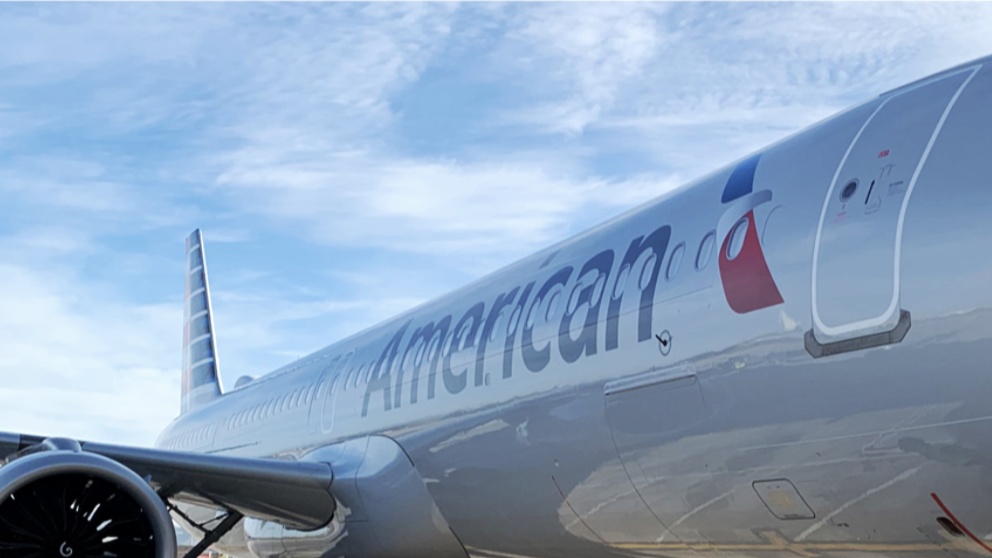

American Airlines Hawaii incident adds to global aviation safety challenges.
Flight 298, bound for Los Angeles, departed from Honolulu’s runway 8L early Wednesday morning around 1 am. Shortly after takeoff, the aircraft deviated from its assigned route, failing to execute the right turn designed to avoid the steep terrain of the Ko’olau Range on the left. Fortunately, Honolulu air traffic controllers quickly caught the problem and urgently directed the flight to climb rapidly and correct its course, averting disaster.
Data showed the aircraft cleared the peaks with just 1,500 feet of separation before stabilizing at a safe altitude. American Airlines later confirmed the incident, while stating that no proximity alarms were triggered and there was no “immediate” risk of collision.
However, the FAA has opened an investigation, and the industry is already chiming in about the critical role of procedural adherence in preventing such incidents.
Hawaii’s skies sees too many repeated close calls.
This latest event is one of four significant near-disasters tied to Hawaii flights since last year. These incidents highlight ongoing safety concerns, causing FAA to invest more in collision avoidance. That was the case with the other incidents.:
- In January 2023, a United Airlines 777 narrowly avoided a collision when it crossed an active runway at Honolulu as a cargo plane was landing. NTSB said that the runway incursion at HNL posed a “significant risk of a catastrophic outcome.”
- Then another United flight from Maui descended to just 750 feet above the Pacific Ocean before regaining control, reportedly due to a procedural misstep in the cockpit.
- In April 2024, a Southwest Airlines 737 dropped to 409 feet above the ocean near Kauai during its descent, which has been attributed to pilot inexperience amid challenging conditions. The 737 Max 8 jet briefly dropped at an abnormally high rate of more than 4,000 feet per minute before the flight crew pulled up late to avoid disaster.
Readers weigh in on the safety debate.
The latest incidents have sparked diverse reactions from readers. Gerry voiced concerns over pilot readiness, commenting, “Hawaii’s terrain and weather require experienced pilots, especially for night flights.”
Meanwhile, Bob defended airlines’ safety records, suggesting these incidents are overanalyzed.
Pam, a frequent traveler, shared a similar experience of a nerve-wracking go-around in Maui, highlighting how unpredictable conditions can complicate routine flights.
Lizzy praised air traffic controllers for their quick actions, stating, “It’s a reminder of how critical they are to the safety of Hawaii flights.”
Shel, however, called for airlines to assign more experienced captains to routes through Hawaii’s demanding airspace.
Hawaii’s geography and weather place high demands.
Flying in Hawaii requires a heightened level of situational awareness. Airports like Honolulu sit adjacent to mountainous terrain, making precise navigation essential. Rapidly changing weather patterns and short inter-island routes leave little room for error. Despite these challenges, Honolulu Airport appears to have been excluded from a recent FAA initiative to fund safety upgrades.
Experts argue that enhanced pilot training tailored to Hawaii’s unique conditions could help prevent future incidents. Frequent traveler Don questioned whether airlines sufficiently prepare less experienced crews for the complexities of Hawaiian airspace.
Investigations underway to address the risks in Hawaii air travel.
As investigations into this incident begin, the need for greater investment in training and infrastructure grows. With millions of passengers relying on Hawaii flights annually, ensuring aviation safety is critical.
This latest close call serves as another reminder of the unique demands of flying, particularly in one of the world’s most challenging yet breathtaking environments.
We welcome your input.
Get Breaking Hawaii Travel News
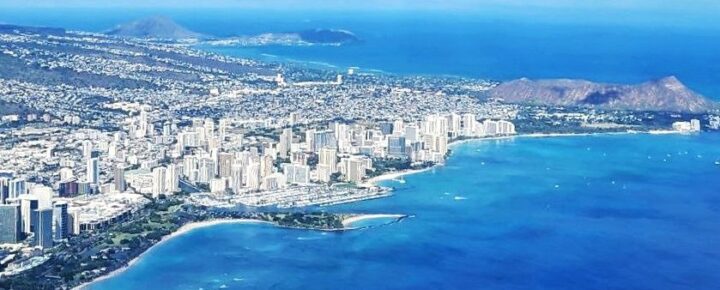
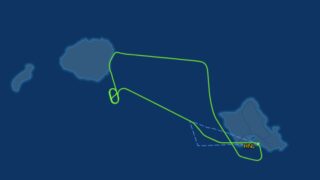
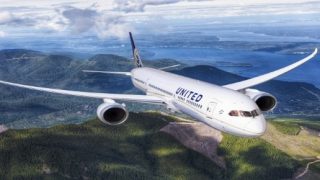
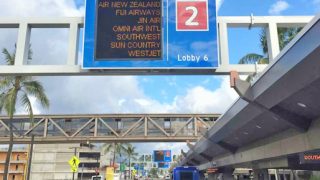
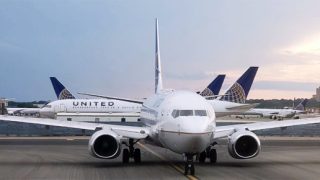
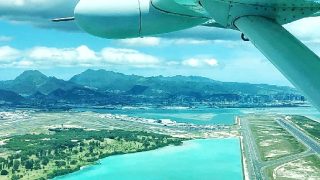
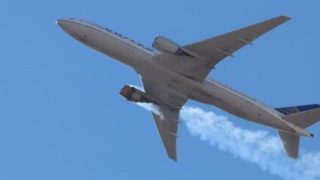
One word to describe me flying. Anywhere.
Valium.
It will be interesting to see what the FAA eventually says (as well as the third-party airline incident reviewers on YouTube). At least as of yesterday AA seemed to be disputing there was ever any danger, or necessarily even a missed turn. The stories do not shake hands.
But I suppose we have the audio tapes. It would also seem routing via a less-used runway would prompt some kind of additional communication.
Actually the immediate right turn is for noise abatement not terrain clearance. You would need to hold runway heading for a bit before the GPWS would give you a terrain warning. Likely he had the mountains in sight and was planning on a right turn but was unaware of the immediate right turn required for noise abatement. I seriously doubt there was any chance of ground contact, just a failure to follow the proper procedure.
Hiding the identity of the crew is a disgusting and archaic rule.
The flying public is at risk when pilots are not capable or impaired.
Still no crew identity released for the three prior incidents BOH reports.
Rob T: Why do you want to know? Are you going to ID the crew before you take your next flight? It’s none of your business. The airline will decide what happens. The EGPWS ON the aircraft safely warned the crew and they followed the warning.
JA
“None of your business”???
Have you been living under a rock?
People no longer tolerate being treated like sheep.
Police wear body cams, people question Doctors.
What are you hiding???
Rob T. If it actually was an unsafe situation the “black boxes” will be reviewed by the NTSB, FAA, airline and airframe. If the crew did something wrong, they will be appropriately dealt with, retrained or their licenses will be pulled. It will be totally transparent. You won’t have to worry about ending up on a flight they are operating in the future. Thats one reason flying on a commercial aircraft is 50 times safer than driving your own car. You know nothing my friend. So wait for the process to work.
If the crew was impaired or had training issues it becomes part of the investigation. Identifying them publicly has absolutely zero relevance in the investigation. Sadly we live in a time where particularly ignorant people digitally or physically attack others biased on stupid assumptions or pure ignorance. Some people are even stupid enough to think their gender or ethnicity is a factor and want to say that explains an incident. There is no good reason to put the crews name out there and let the general public run with it as they may.
I would be interested in knowing how often these lapses happen on Hawaiian Airlines vs other carriers. I imagine Hawaiian has a better safety record due to familiarity.
Tiff, it happens. What’s your personal limit? 1 in a 1000 per flight hour? How about 1 in a million! The aircraft has two required systems that are always on. One, the EGPWS, warned the crew in this case. When was the last time a commercial aircraft was involved in an accident involving “controlled flight Into terrain? (CFIT in FAA talk). Probably 25 years ago. Before these systems became mandatory.
An incident as reported for AA298 usually is a cockpit error, either pilot or computer. Most departures procedures are flown on autopilot with the procedure programmed into the aircraft by the flight crew.
Hi. I once worked with a UAL pilot for critical incident stress debriefing following a very similar incidence of loss of altitude with a 777. The problem is that unlike other jets, you cannot rebalanced fuel tanks during take off. If you do the engines cut out. Many pilots who usually fly other models don’t always know this. My pilot was not trained sufficiently on the 777 and even though he’d been a pilot for almost 20 years this error happened. His experience as a Navy pilot saved them when he put the plane into a dive to restart engines. It worked, screaming passangers and all. He landed back on Maui and retired that day he was so disgusted with UAL.
That’s a pretty big error on the part of the flight crew. Turning right following takeoff is non negotiable due to the Ko’olau. Was the crew administered a breathalyzer test? Flying under the influence happens far more than people would want to imagine…
Best Regards
While these incidents are alarming, I feel they’re overblown at times. Airlines overall have solid safety records, and these close calls are rare compared to the volume of flights daily.
I agree with Bob, it’s easy to “armchair quarterback” a situation, especially if you don’t know how to fly. The best is to wait and see what the investigation report says. Oh and the airspace in the New York area is more complicated than in Hawaii due to the congestion.
It’s concerning to think about whether newer or less experienced or distracted pilots are being adequately managed. There’s no margin for error when flying here or anywhere.
As someone who flies interisland often, I’ve experienced my share of unexpected weird things happen. But this one takes the cake I’m afraid. Thank goodness it got rectified.
Air traffic controllers deserve all the praise for catching these incidents before they become disasters. It shows just how critical their role is in keeping flights safe. How did the pilots even miss this?
Hawaii’s terrain and unique weather patterns make it clear that only the most experienced pilots should be flying these routes. Night flights, especially, seem to need more attention. Yikes!
The key here is that EGPWS triggered. It advised the crew to immediately climb. It and TCAS are mandatory and have literally stopped collisions with the ground and other aircraft. It’s great that the controllers also caught it but they only closely monitor aircraft during departure and arrival. These on-board systems are always on. It’s unfortunate that the crew missed the turn. If they had been coupled to the FMS, the aircraft would have turned by itself and climbed at the rate required as it flew the departure profile required. Engaging these automated systems is essential. No excuses.